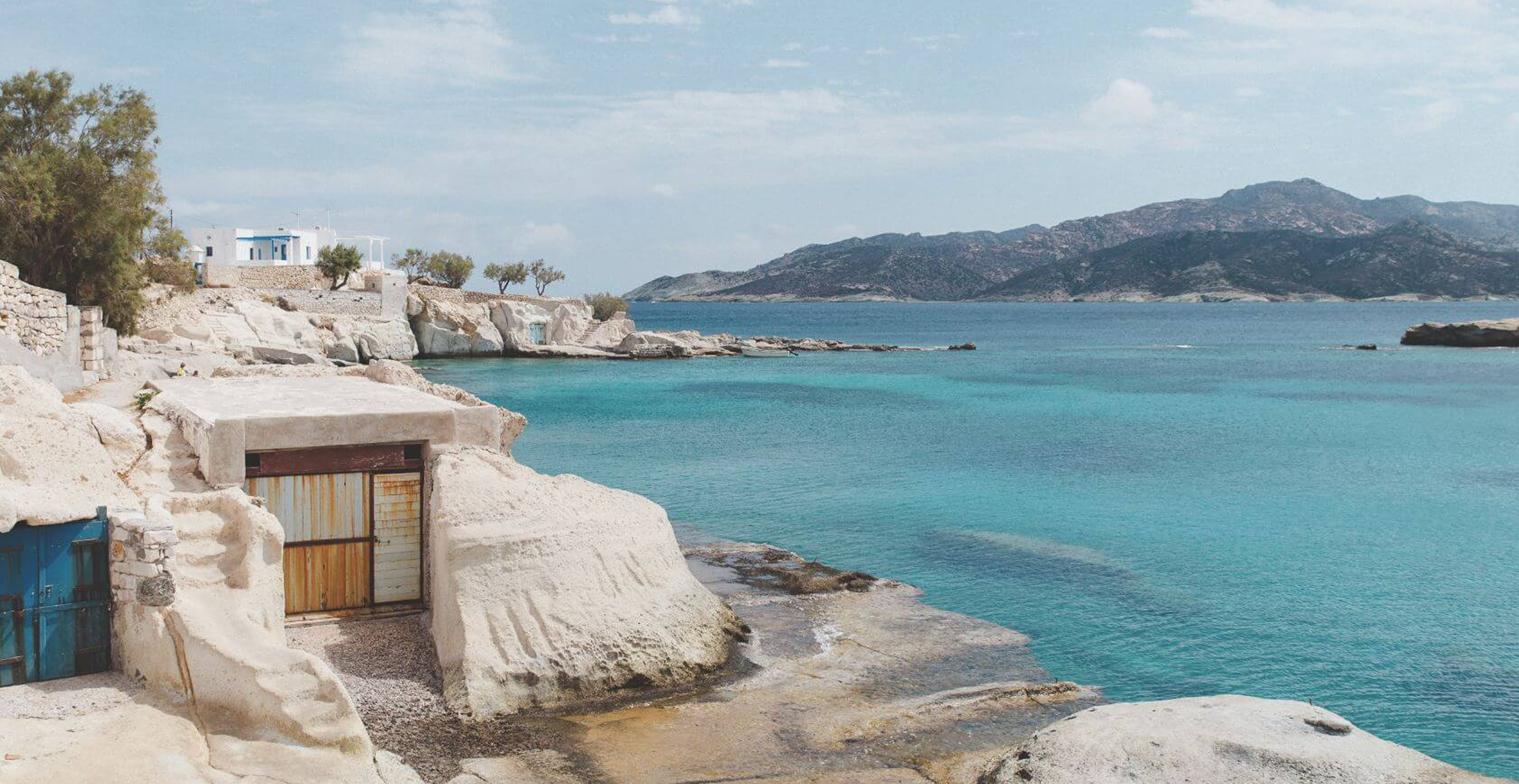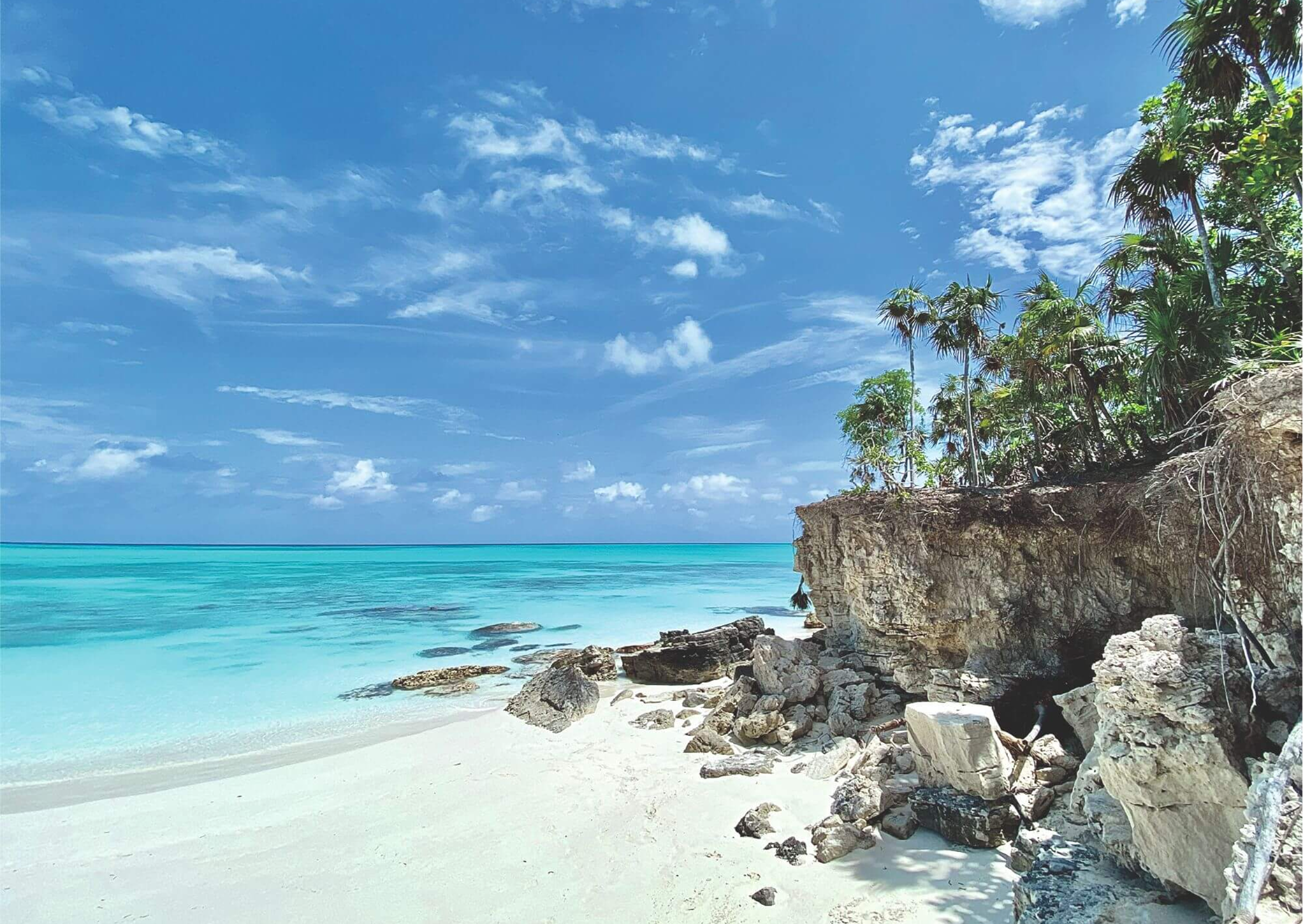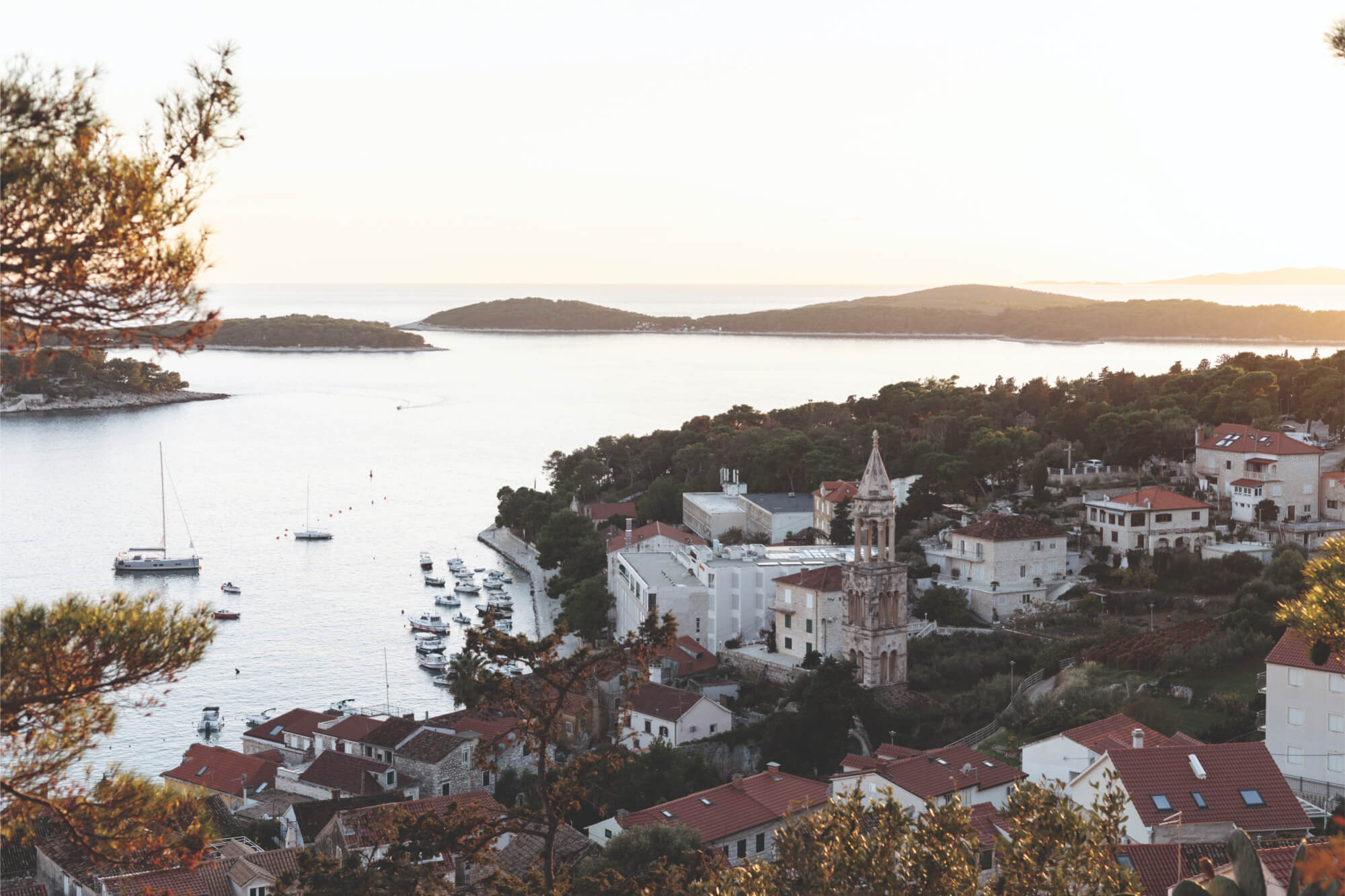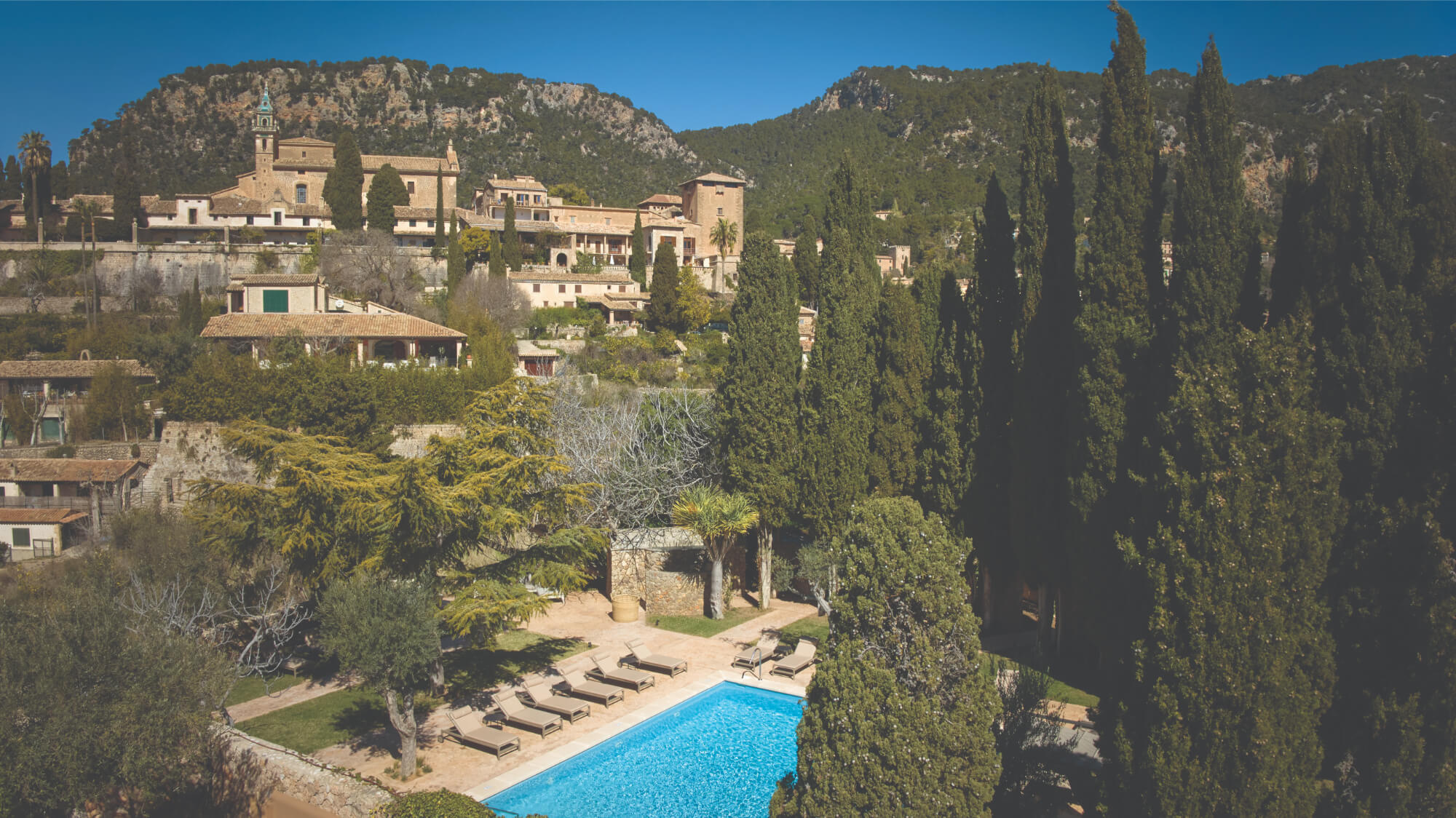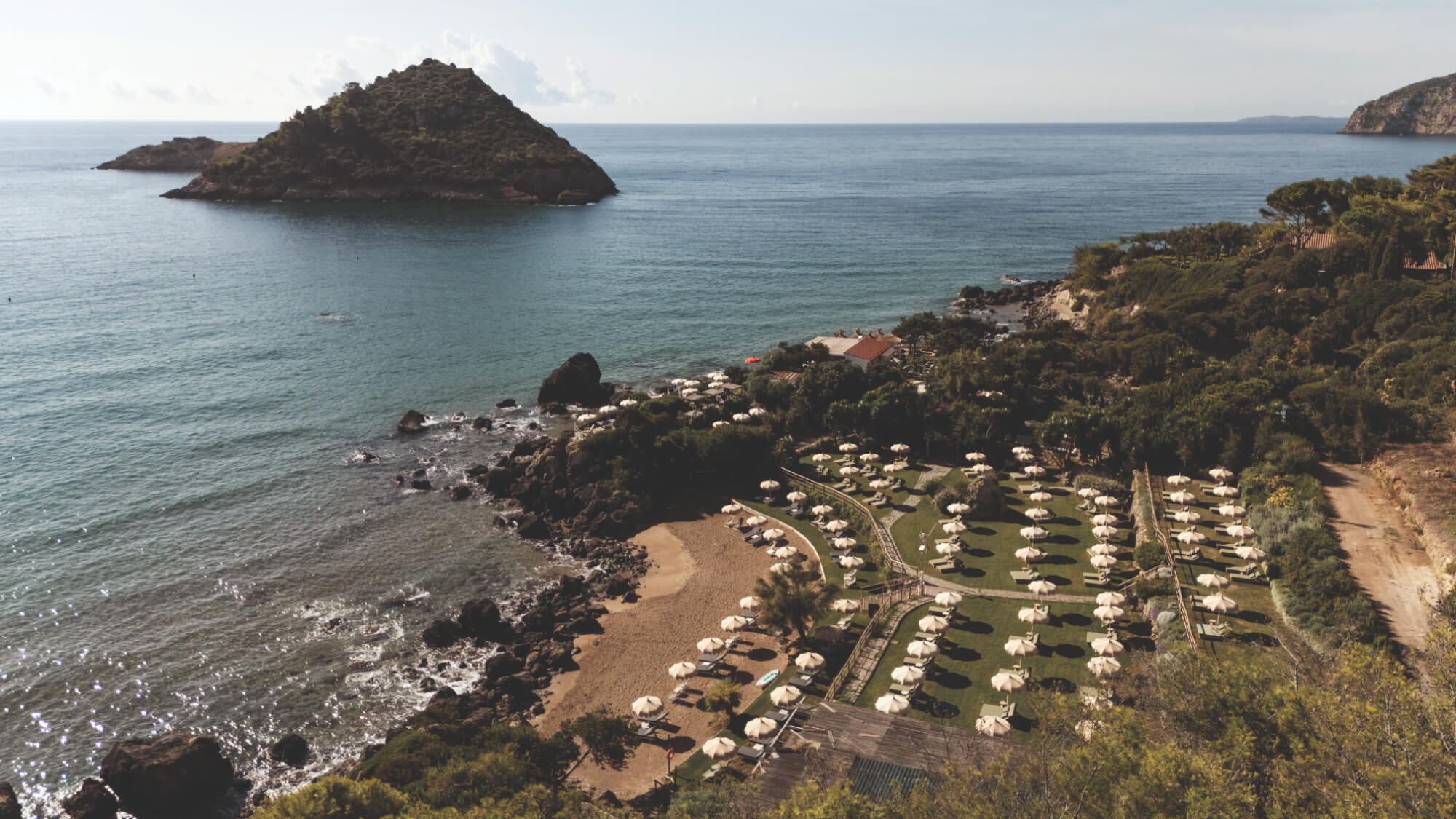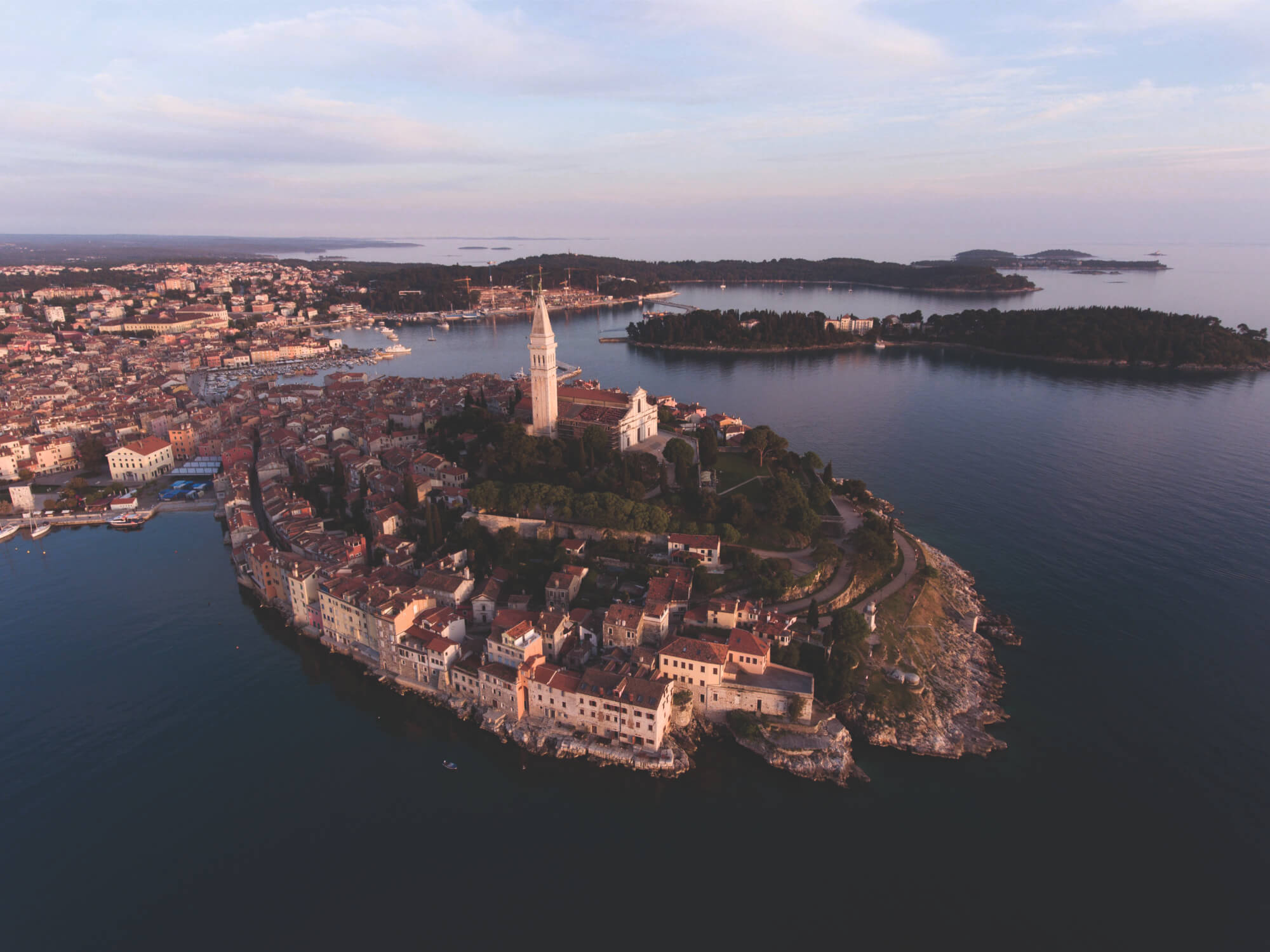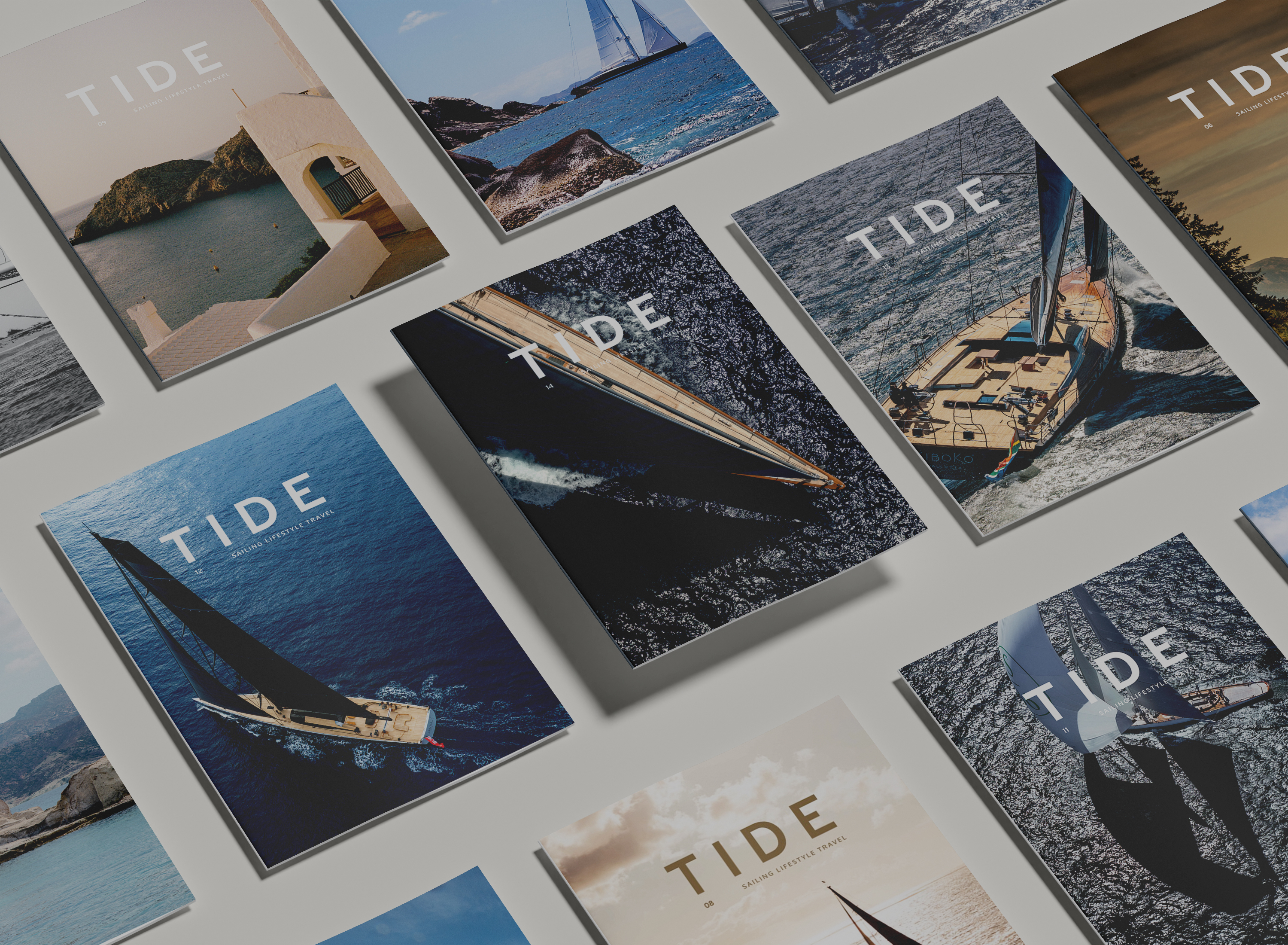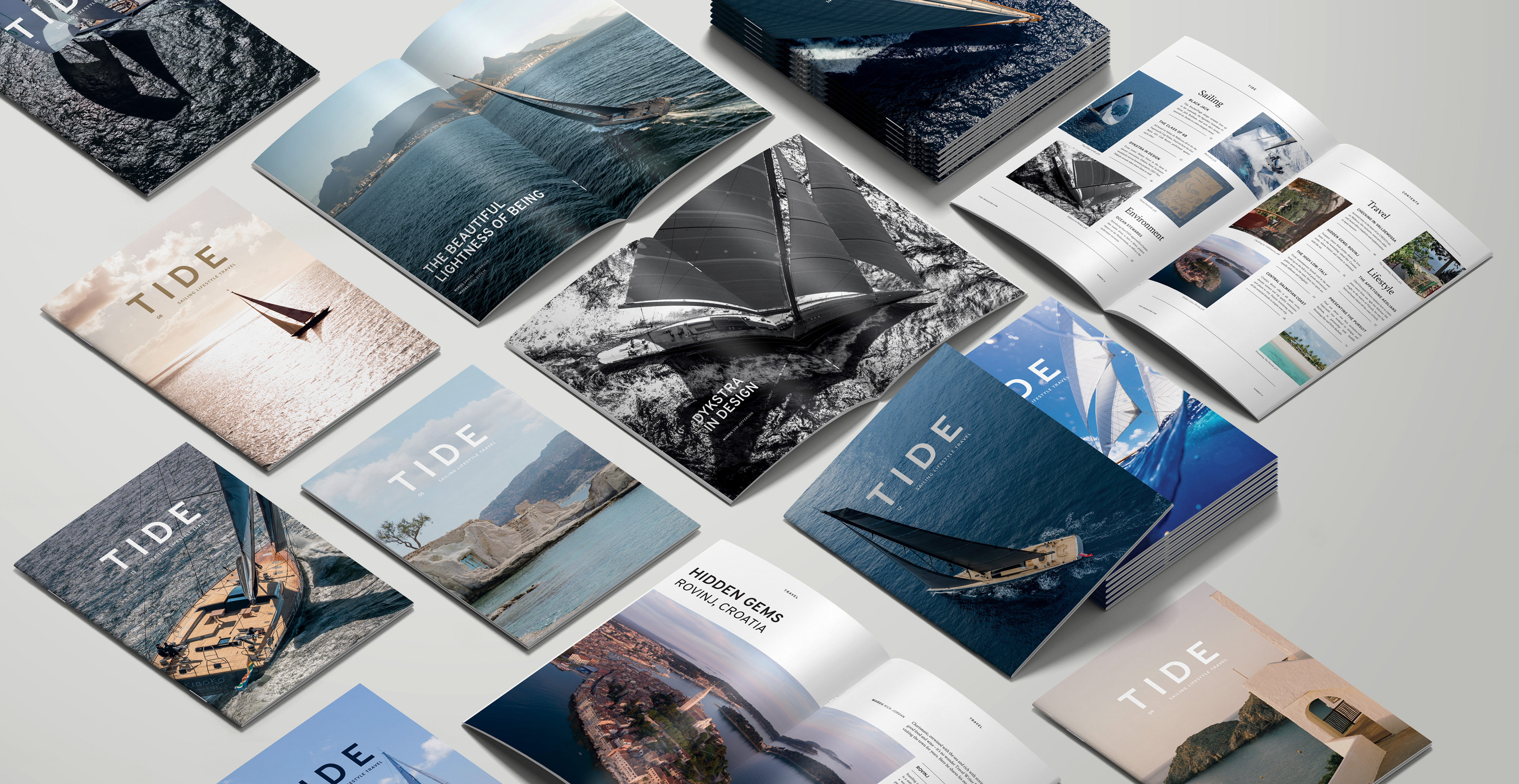Seeing the largest cannons in the Western Hemisphere just off Bermuda wasn’t enough for me. In fact, it just wet my appetite for sailing in search of such rarities, and I soon set off to the shallower waters of the Bahamas. There, I found that 500 miles of translucent moorings and intriguing remnants await the adventurous, from historic graves to a Wright Brothers engine.
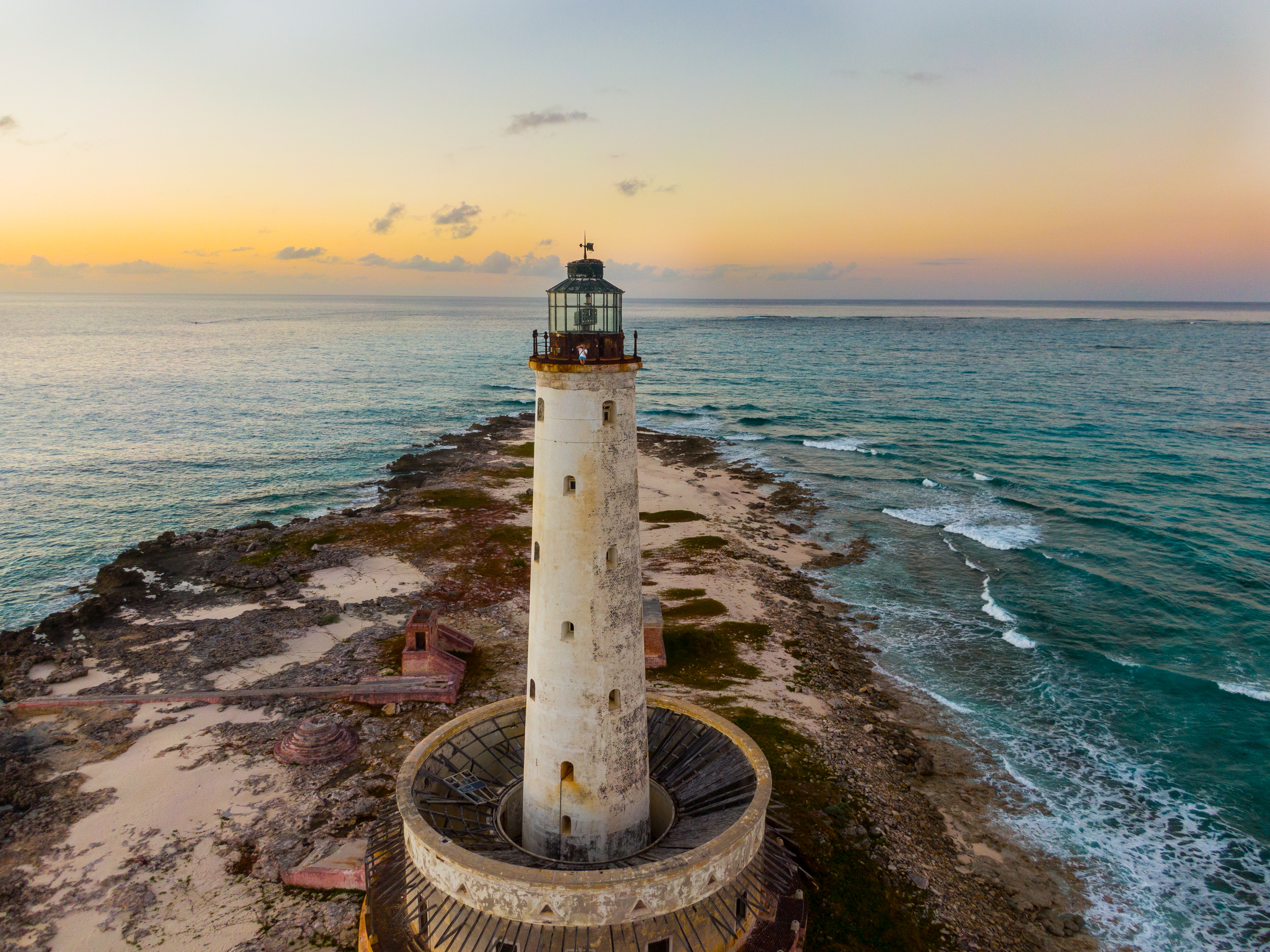
BERMUDA:
St George’s Island
It’s easier than you may think to avoid the busier parts of Bermuda in favour of mooring off lovely St George Island, the first port of entry. In this wreck-strewn lagoon you can paddleboard or take your tender over to tranquil John Smith’s Bay off St David’s Island and see the turtles enjoying the plentiful seagrass.

For those with an appreciation of history, Paget Island is home to the 1612-instigated Fort Cunningham, where you can see the largest-bore cannons in the Americas at least. The numerous old metal clippers and other ships beached in St George’s themselves arouse one’s curiosity, and there are dozens of mariners as well as Boer War prisoners buried in the vicinity. Local transport can take you the length of the island group to the National Museum of Bermuda at the Royal Naval Dockyard.
THE BAHAMAS:
Hole in the Wall Lighthouse, Great Abaco Island to Harbour Island
The entrance to the Northeast Providence Channel welcomes ships and Superyachts into the Bahamas. Hole-in-the-Wall Lighthouse on the southern tip of Great Abaco Island is worth anchoring at. It is 20 miles to the nearest human habitation by land, and more than 30 to Spanish Wells and Harbour Island – and wildly spectacular. Built in 1836 by the Imperial Lighthouse Service, it towers 77 feet above land and includes walkways to the surf and outlying buildings.
In the abandoned settlement of Alexandra at Cross Harbour lies Olaus Johansen Beach, named after an elderly World War II merchant sailor who was killed by the shells from German U-boat U-128 and buried there. The head of General Motors, Alfred P. Sloane’s 236-foot Superyacht Rene accidentally ran aground here with former King Edward VIII, the Duke of Windsor and his American wife, Duchess Wallis Simpson, aboard.
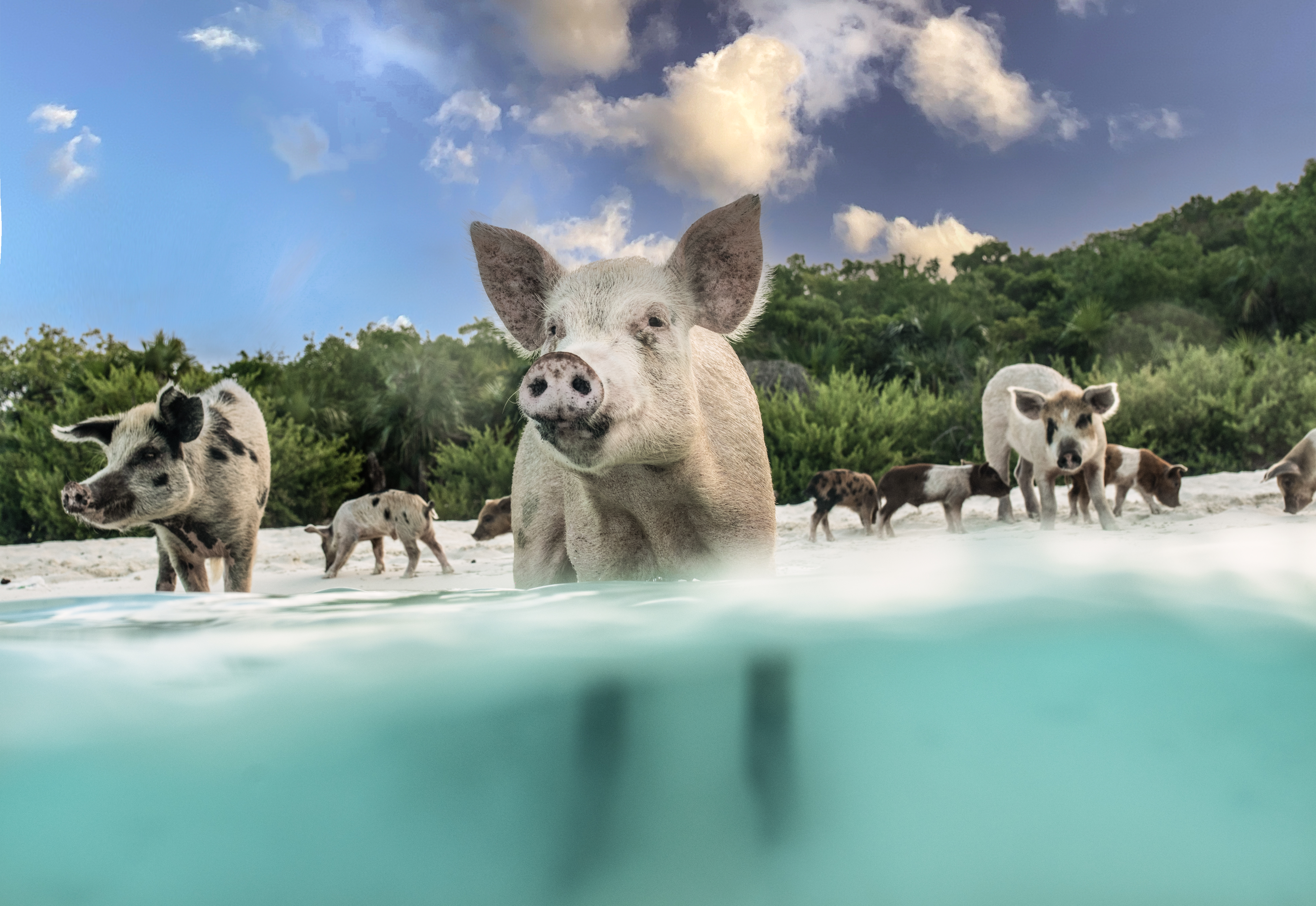
For those in need of social infusions after a voyage, Harbour and Eleuthera Island have a ‘sneaker chic’, casual scene. It also has one of the best airstrips and resort marinas in the Bahamas. The leading activity at night is golf-carting or strolling under the stars – and amongst them.
Cape Eleuthera and Bottle Cay
Cape Eleuthera is out on a limb, with Cape Eleuthera Institute (CEI), a well-regarded school of marine science, and a dive shop run by a Welshman who often has to take bookings by candlelight or generator. Visitors include Superyachts, seaplanes and the owner of a nearby island who serendipitously sneaks to the mainland in an Abaco skiff to collect smooth stones to line his well. Bottle Cay, a privately owned cay in the Schooner Cay chain, has the beauty you might see on special photography exhibits and calendars – the subtle nuanced curves of white silk over indigo ink, the land masses appearing to be rosebuds beneath turquoise satin. Radio enthusiasts set up stations there for months at a time just to see how long it would take others to find them.
Elizabeth Cay to Calabash Bay, Long Island
Elizabeth Island has the most diverse range of stunning physical features of any cay – deep water to the east, facing the Atlantic Ocean, so remote that an entire tender was found as it wrecked. Stunning deep beaches indent the coast, with isolated stretches backed by cliffs connected by footpaths.
On the Exuma Sound side there are coves with houses to rent, and even a small hurricane hole. To the north are shallow channels separating it from the jollification points of Georgetown in the winter, when it seems one can walk across a square mile of boats without ever getting wet. The island’s beauty is due to its private nature; the best way to enjoy it besides from at-anchor is by renting one of the dwellings – which is well worth doing to balance surf and turf between journeys.

Calabash Bay, a short sail east from Long Island, is one of the most-powdery white, secluded and deliciously stunning stretches of desolate beach. While not entirely empty – occasional homes dot the coast – this bay is ablaze in blue and white. It is just the place to anchor for some peace, and to take in a few deep breaths while enjoying a sundowner (or three) to the strains of your favourite music, and keeping a light glowing beneath the hull to see what sea-life might be coaxed into view.
Jumentos Cays, Ragged Islands
When you ask experienced fishermen and sailors from the Bahamas who know the entire, 2,700-island archipelago stretching from Cuba and Turks and Caicos to northern Florida to name their favourite local destination, the answer might surprise you. It always tends to be Jumentos Cays. No one lives there, so what is the attraction? Perhaps that is the attraction. Also known as the Ragged Island Chain, they include Flamingo Cay, Nurse Cay and dozens of others, offering you the opportunity to settle your heavy anchor into the white bays of very secluded and divine islets. These cays are far from modernity, but still fewer than 100 miles from the airports of Great Exuma and Long Island. To spend days on the Racoon or Pimlico Islands or Bueno Vista Cay is to relish them all.
And should you need bonefish and other local knowledge, head to the Lost Key Lodge and Phicol Wallace in Duncan Town, with its population of about 44, which would have been depopulated by Hurricane Irma in 2017 were it not for its strategic military importance. Russian-made MiG fighter aircrafts strafed the town, and sank the HMBS patrol vessel Flamingo, killing four of its crew. Today Haitian emigres often pass through on hand-hewn sailing craft. World War II came to Ragged Island in the form of 14 men who waded in when their Catalina seaplane ground to a halt after taking a bend too short. The engines are still visible in the surf just 20 metres off the beach. Locals also heard three allied ships being sunk by a German U-boat U-598, on 14 August, 1942.
Bermuda is well worth crossing a stream five-feet above mean sea level to reach for rest and repose. And due to the way the thousands of Bahama islands are configured, the experience they offer visitors only becomes richer as you delve southwards, perhaps in tandem with friends made in the north. The myriad nuanced shades of sea-blue, sky-blue, and pink-sand will all seep into your mind’s eye on this route, rather like the Tyrian purple dyes favoured by emperors in the first sea trades of the Eastern Med.
